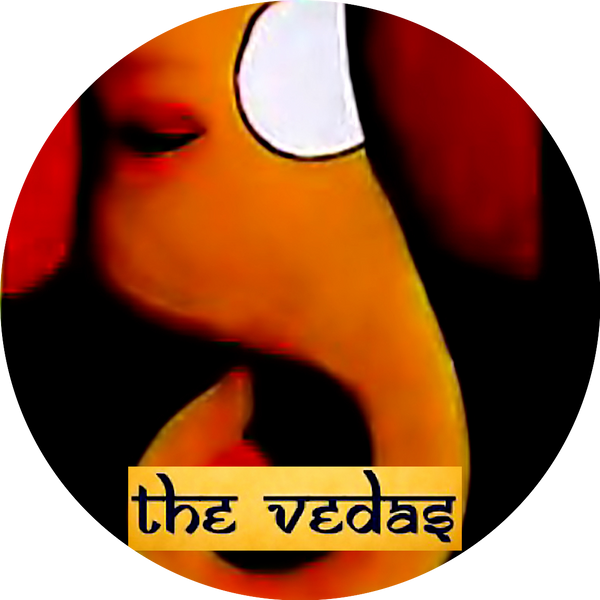

Buckle up as we unravel the fascinating journey behind the scenes.
Immerse yourself in the Indian embroidery culture and get ready to discover the magic of Chikankari.
Of course, you will often have read in history books and elsewhere that India is one of the most diverse and culturally rich lands found anywhere in the world.
The country is praised for its uniqueness, from languages to traditions and dressing styles.
But today, I want to shed light on a lesser-known but much-cherished style statement of this country – Chikankari.
From the Bachchan Family – an Indian film industry family – to Madonna, the pristine beauty of this delicate and artfully handmade embroidery has gained many fans over the years.
Chikankari is a lot more than mere art; it has global appeal.

Everything you need to know about Lucknow Chikankari embroidery
The city of Nawabs, Lucknow, in India is not only renowned for its cuisine but also for its stunning, delicate, traditionally white-on-white embroidery known as Chikankari.
This type of intricate shadow work is refined and elegant but also a time-consuming process practised mainly by the skilled artisans in Lucknow.
Of course, it reflects the royal charisma of the city and its people right from the palace era to the skyscrapers of today.
An old folk tale suggests that a traveller taught Chikankari to a peasant in return for drinking water. Still, the factually backed up story is that Noor Jaan, the wife of Mughal emperor Jahangir, introduced Persian art to India in the 17thcentury. Eventually, it became a favourite among Mughal nobility.
In the 18th century, Chikankari started gaining popularity all over the country.
Which fabrics can be used for this embroidery technique?
Chikankari is weaved on soft, thin muslin fabrics with a white thread, worn especially in summers.
Like the magic of having ice cream under the sun’s scorching heat, when you wear a chikan kurta – the traditional Indian long loose shirt – the breeze flows through the light fabric and leaves your body refreshed.

Chikankari works on cotton, georgette and linen, as these light, breathable and sweat-wicking fabrics do not stick to the body.
How Chikan work is done
The Lucknow Chikankari technique can be split into two stages: the pre- and post-preparation.
The pre-work involves determining the design and engraving it on wooden block stamps. These stamps are then used for block printing the design on the cloth with the help of Neel and Safeda dyes.

The fabric is then cut according to the shape that the garment is supposed to take. Then comes the embroidery process, where the material is placed in a small frame, part by part, and needlework begins to trace the ink patterns.
Learn about the variety of stitching styles involved in Chikan needlework
This Chikan needlework has about 32 different stitches, used separately or in combination.
The six basic stitches that make it unique are the Tepchi, Bakhiya, Hool, Zanzeera, Rahket and Banarasi.
The fabric comes to life with each needle swing that intricately weaves the custom design.
From Needles to Chuckles
Step 1: The Print Party

Step 2: The Embroidery Extravaganza

Enter the embroidery maestros, armed with needles & threads, ready to weave their magic. With meticulous skill, they intricately stitch around the printed motifs, adding layers of texture and depth. It’s like a symphony where every stitch contributes to the grand finale. The fabric, once a canvas, is now an intricate tapestry of Chikankari charm.
Step 3: The Sudsy Soiree

The grand finale: a sudsy soiree that gives Chikankari its distinctive grace. The embroidered masterpiece takes a delightful dip, letting the water play its part in softening & enhancing the fabric. This wash not only bestows a timeless elegance but also unveils the true essence of Chikankari – a journey that transcends mere fabric to become a narrative of craftsmanship.




